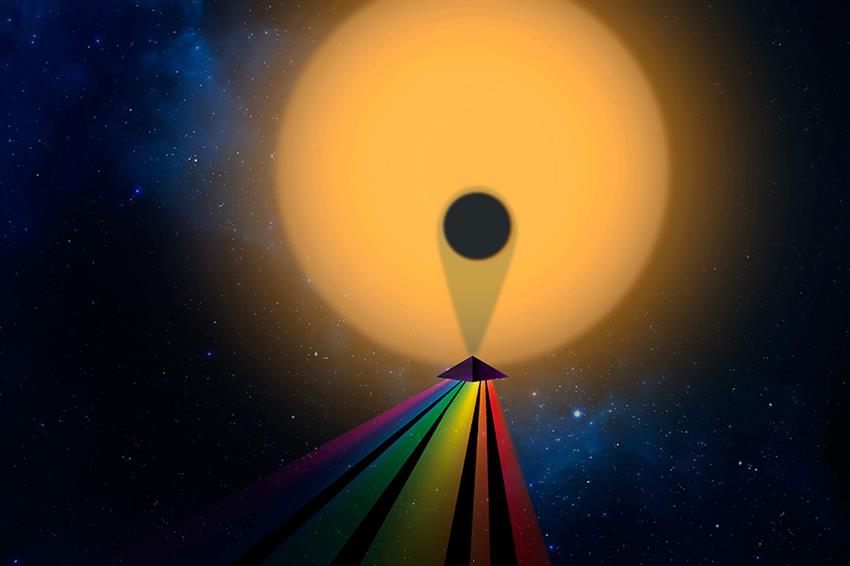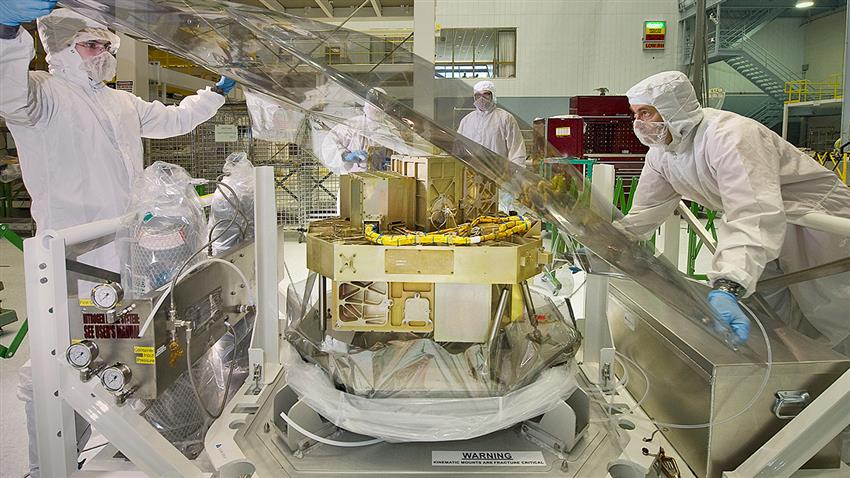Using alien "eclipses" to search for life
A phenomenon similar to eclipses can help scientists learn more about distant worlds
A solar eclipse happens when the Moon passes exactly between the Sun and Earth, casting a shadow on part of Earth's surface. The Sun then appears partially or totally blacked out from our point of view on Earth.
A similar phenomenon takes place when a planet passes in front of its star: the passage is called a transit. From Earth, we can see Mercury and Venus transit our star, the Sun. We can also detect and study exoplanets, which are planets beyond our solar system, when they pass in front of the stars they orbit. Obviously, these exoplanets do not cast a shadow on our planet, but their passage blocks out some of the light of their star.
Using instruments like those aboard the James Webb Space Telescope, scientists can observe these transits to discover intriguing details about alien worlds – including whether they are likely to harbour life.
An exoplanet's fingerprint
Most of the thousands of known exoplanets have been discovered not through direct observation, but by analyzing the brightness of their host star. Using the transit method of detection, scientists hunt for undiscovered exoplanets by detecting periodical dips in the star's light, which may be a sign that an exoplanet is transiting between the star and our vantage point.
But the transits may reveal more than just the presence of alien worlds. They also help scientists determine whether life could exist there.
An exoplanet's solid core will completely block out starlight. However, some exoplanets have thin atmospheres, just like Earth. These atmospheres let most of the starlight pass through, but certain parts will be absorbed by elements like oxygen, water vapour or carbon dioxide. These absorbed parts of the starlight are like a unique "fingerprint" of each exoplanet's atmosphere. Astronomers are able to determine if the exoplanet may be habitable, or a candidate for the possible presence of life.
The Canadian instrument on the Webb Telescope
One of the two Canadian elements on the James Webb Space Telescope, the NIRISS, was designed specifically to study the starlight streaming through exoplanet atmospheres and determine their composition.
Through a technique called transit spectroscopy, NIRISS will capture the spectra of these distant objects. A spectrum is light that is broken down into many different wavelengths, or colours, in the same way that a prism breaks down sunlight into the colours of a rainbow. Within these spectra, astronomers will see the unique composition of an exoplanet's atmosphere: a "fingerprint" that can reveal the presence of molecules essential for life.
A Canadian research program on exoplanets
Among various research programs, Canadian scientists will have access to 450 hours of observation time during the first few years of the mission through the Guaranteed Time Observations Program.
From these 450 hours, about 200 hours will be dedicated to the NIRISS Exploration of the Atmospheric diversity of Transiting exoplanets (NEAT) program, led by Dr. David Lafrenière of the Université de Montréal. Many of the NEAT program's targets will be rocky planets that look like our own Earth. The NEAT team will be looking at the temperature and composition of these exoplanet atmospheres with the hopes of determining if these worlds are habitable.


